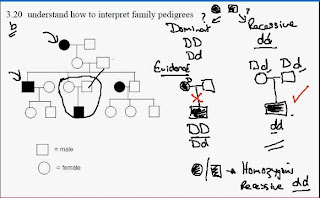- 2 Kidneys- Carries out the process of excretion, filtration and osmoregulation
- 2 Ureters- Carries urine to the bladder
- Bladder- Stores urine
- Urethra- Urine is conducted out of the body through the urethra
1- 2 Kidneys
2- 2 Ureters
3- Bladder
4- Urethra


















